|
Are you looking for some easy Christmas gifts kids can make? Making gifts for families is a special part of the Christmas season. At school, I always tried to find something that was a little different that was special, but still easy enough for my students to do. It was important to have a variety of different gift ideas because I often had the same students for more than one year and I didn't want them creating the same thing year after year. Here are some of the different things we did that you might be able to try with your students. One of the most popular things was the "stained glass" frame. This was done with a transparent film and felt pens. It was backed with tin foil. You can read about it here. I updated it recently, but the procedure is still similar. Here is the update. Light bulb ornaments were fun to do. I saved burned out bulbs until I had enough for the whole class. Nowadays, this would take a very long time to do because the LED bulbs last so much longer. Perhaps you could ask around for people to save bulbs for you, or you could buy some cheap ones to use. We put the ribbon on first with a glue gun and then we painted. We started with a base coat of blue paint, and then we hung them to dry. We painted snowmen on the bulbs when they were dry. Unfortunately, I don't have a picture of the finished product. I suppose you could buy those DIY clear plastic ball ornaments and do the same thing. Potpourri jars are fun to make and they can be used over again by changing out the potpourri when it loses it scent. You can add to it by putting decorative paper on it in a modge podge fashion. I used diluted liquid white glue and small squares of wrapping paper. The sample was from Mothers Day so it has a different pattern of paper and topper. The topper could also be netting that you get from the bags when buying some fruit or produce. Decorative candle jars are also easy to do and they are handy to have around during power outages. We still have some around the house. They can be painted, modge podged with Christmas paper, or even decorated with rub on transfers. How about some snowflake seeds? These jars are great for holding treats or other special things. We filled them with popcorn seeds and called them snowflake seeds. They were fun to make and the kids enjoyed eating them later on. Do you have some old CDs kicking around? How about using them as the base for a center piece. They shine and they can reflect light from candles. They can be decorated with branches, leaves, ribbon, pine cones, or many other different things. Beeswax candles and fire starters were a couple of other things we did in years past. The candles don't need to be big, but full size ones do last longer. The fire starters are really just small candles on the end of wooden skewers. These bell toppers for pencils were a great hit for our diy spring fundraiser, so I made some for my students for gifts. They loved doing their writing with them and we had music throughout the classroom as the bells rang out. These "I Spy Jars" were another favorite from our fundraiser DIY crafts. They are a great gift for family members and they are fun to use. Small trinkets and ornaments are also fun to make. Puzzle wreaths, reindeer brooches, bell necklaces, felt animals, pencil toppers, are a few that I have used in the past. Over the years, I collected a lot of different materials for crafts. The year I retired, I decided to have a make and take session with my students. I put out all my Christmas materials and I let them make whatever they wished. It was amazing to see what they came up with. When we allow children to use their imaginations when they are young, they can surprise us. Sometimes their creativity can open up new ideas for us too. This might be a fun way to get inspired. We mustn't forget the handmade cards and wrapping paper. These special touches personalize the gifts and make them even more special for the recipients. Here are some cards I made for my students. I hope these ideas help inspire you as we move into the Christmas season. I would love to hear how they work for you.
1 Comment
Acts of kindness are perfect for Christmas time. Often at Christmas time, there can be a tendency to think about all the things that we want. We are often asked the question, "What are you asking Santa for?" or "What do you have on your Christmas wish list?" or some other similar type of questions. It isn't wrong to want things or to hope for certain things, but Christmas is a great time to be thinking about what we can do for others too. There is a sense of joy and fulfillment that can come from thinking of others and giving to others. It is important to teach others that giving is an important part of Christmas. Doing random acts of kindness has the power to give joy to others and help make the world a better place. These acts do not have to be expensive or difficult to do. They just have to come from the heart. During my last year of teaching, I created a set of cards for my students to use for Christmas and we called them RACK. (Random Acts of Christmas Kindness) Each child was given a few cards to take home and use as a countdown to Christmas. They had choices provided as samples of what they could do, but they also had the option to do something else that they decided on. It was exciting to hear some of the things they did as they took on this challenge. I hope you find this free resource useful. Click on the image to get your copy. Related Posts
Why should we use real life activities?Today, I would like to focus on real life activities for children in math. Math is more than just learning abstract skills and concepts. It is also a toolbox of skills for real life. It is important to understand the concepts and master the skills so they can be applied to everyday life. During this time of uncertainty and different learning environments, it is more important than ever to be able to connect abstract ideas with concrete applications. There are many examples of how math is used in everyday living. This provides a blueprint for ways to improve the understanding of concepts and perfect the skills needed. Here are a few examples of how math can be used in the kitchen, in the workshop, and shopping. This is just a sampling of how math can be used for real life situations. In The KitchenIn the kitchen, math is used for measuring ingredients when baking, estimation when planning how much food is needed for the number of people being fed, temperature when using an oven or cooking some recipes on the stove, and time when preparing, baking, or cooking different dishes. These are just some examples of how math concepts can be applied in the home. In The WorkshopMath is important when building things. It is necessary to be able to measure materials and calculate how much is needed for each job. It is also important to understand how shapes work together in order to assemble projects correctly. Concepts of measurement and geometry are necessary. Working with plans and scale is also important. ShoppingThere are many ways math is used for shopping. Working with money and being able to calculate approximate costs of things are valuable skills. Even in a world of debit and credit, it is still important to be able to count money and make change. There will be times when this is still used. Buying items by weight in the produce section or the deli and calculating portions when purchasing different other groceries is another skill that is valuable. Learning to budget and make sure the costs can be covered is also an important skill. Working With MoneyMoney is a difficult concept for young children to sometimes understand. Most young children think that a plastic bank card can be used for everything and that it is an endless source of money. When they go to the store, they don't always understand that things might be too expensive or that they don't have enough money. It is important to teach them about how money is earned, put into the bank, and then available for use. Having opportunities to handle money and make purchases and receive change will make some concepts more understandable. Check out this blog post about a special money unit I developed with my class a few years ago. These are only some of the ways that math can be used in real life situations. We can simulate some of the situations at school, but extending the learning into the home enriches the learning and makes it meaningful. Here is a new activity for geometry that focuses on identifying 2D shapes in the environment and playing bingo with the shapes. Maybe it could be extended by conducting a scavenger hunt aspect outdoors or in the home. Get a free copy today by joining my email list. You will also get access to my resource library of other products that are free for subscribers only. Check out this product and other math resources in my TeachersPayTeachers store or get a free copy by subscribing today. Click here or the image to subscribe. There are so many ways that math can be incorporated into everyday life. Watch for a future post for more ideas about using money.
Simple acts of kindness can change people's lives. I believe that when we have an attitude of gratitude, we are more likely to experience the blessings life has to offer. At this time of the year, I like to focus on giving and being kind. It is so easy for children to get caught up in the commercialism of advertising with Christmas just around the corner. It is important that they think about giving instead of all the things they would like to have. When I was still teaching, I shared with my class the concept of paying it forward when we talked about peace and veterans and all they gave for our freedom. I created a paying it forward poster using poppies to show how quickly this could explode. When I saw this video I immediately thought about how it showed examples of paying it forward with simple acts of kindness. I shared it with my students and we discussed how it takes so little to make a difference. It costs so little, but it pays big dividends. More Videos of Kindness Here are some more video clips that share acts of kindness and the impact they can have. I shared these with my students as well and it was amazing to see the impact it had on them. I also spent time working on the concept of bucket filling and creating positive self esteem with my classes. This helped them to understand the importance of being kind to one another. As we think about each other and how special we are, we can help make other people feel special too. Here is a great video that shares this idea. My kids loved singing along with it. Here is a copy of my paying it forward poster using children instead of poppies. I hope you will find it helpful in sharing the idea of giving and sharing during this season and all year round.
Science can be studied in many different ways and many different environments. Here are some science ideas to try at school and at home. I live on an island off the west coast of Canada in the Pacific Northwest. Here we have many opportunities for our students to learn about life science outdoors. Science Ideas for OutdoorsWe take nature walks in the forest with Indigenous instructors who teach us about how the indigenous people used the plants and trees for food, clothing, medicine, and even dugout canoes. We learn about the different habitats for the local animals, how the beavers create dams, how the salmon travel to the sea and return again for spawning, just to name a few things. We visit the ocean and study the sea life there. We look at the changing landscape caused by the tides and the erosion of the waves. We visit farms and orchards and learn about the life cycles of different plants and animals. I realize that not everyone lives in a similar environment, but each place has it own special spots for studying science. Maybe it is an aquarium or zoo. Maybe a river or stream or even a hiking trail. If there are not opportunities to actually go places, taking virtual trips might be an option. Science Ideas For In The Home Sometimes science can be studied in the home. Cooking is a great way to learn about chemical reactions. Children get to see how ingredients change when combined and they are amazed to see how something changes it form when heat or cold is added to the mix. Just think about the cake batter that changes from liquid to solid when baked, or the liquid that becomes a popsicle when frozen. There are many other types of chemical reactions that can be investigated in the kitchen. People often hear the expression "They are like oil and vinegar." This could lead to an experiment with oil and vinegar so they can see firsthand what happens when they separate or mix. Children get excited when they see the chemical reaction of Coke and Mentos or they get to make elephant toothpaste or a volcano. These types of experiments can be fun to do and they are examples of what happens when certain chemicals are combined. More Science Ideas Visiting different places and asking questions of the people working there can also be a great way to learn more about how things work. A mechanic could explain how an engine works, an electrician could explain how electrical currents work, a compounding pharmacist could explain how certain chemicals are combined to make medicines, for example. A graduate student or professor in science could maybe share the importance of research and testing. This could be a look at the scientific method in action. (Click the image if you would like to check out my scientific method product.) Sometimes it isn't possible to get out of the classroom, but there are still many ways to learn and share information on a subject. One of my favourite projects for science is the study of the solar system. There is so much to learn about the universe we live in and it is a fascinating subject for children. I created the resource Our Solar System to help my students share what they knew in a variety of ways. Young children often find it difficult to write reports or essays that effectively share what they know and understand. The activities in this project allow them to choose what they feel is the best way to share their knowledge. (Click the image if you would like to check out my solar system product.) Over the years I have seen incredible projects from students in grade 2 and 3. Granted, there is some help and participation from the family, but ultimately, the child has ownership of the project. We always have a big celebration and presentation at the end and it is so rewarding to see the children interacting with confidence and pride as they share their projects and knowledge with visiting classes and parents. The bottom line is children love to learn when given the right situations. I believe in hands on learning and over the years I have seen its impact on students. Teachers are creative and connect with their students in different ways. If this type of learning appeals to you, the sky's the limit. Choose something that you can be passionate about and create the project to go along with it. If you are looking for ideas of how to best present things, check out my criteria checklists for various projects. Most of the ideas are suited for social studies, but they can be modified for science. (There is a separate criteria checklist included in Our Solar System if you want to try that project.) Related Posts
|
About Me Charlene Sequeira
I am a wife, mother of 4, grandmother of 9, and a retired primary and music teacher. I love working with kids and continue to volunteer at school and teach ukulele. Categories
All
|
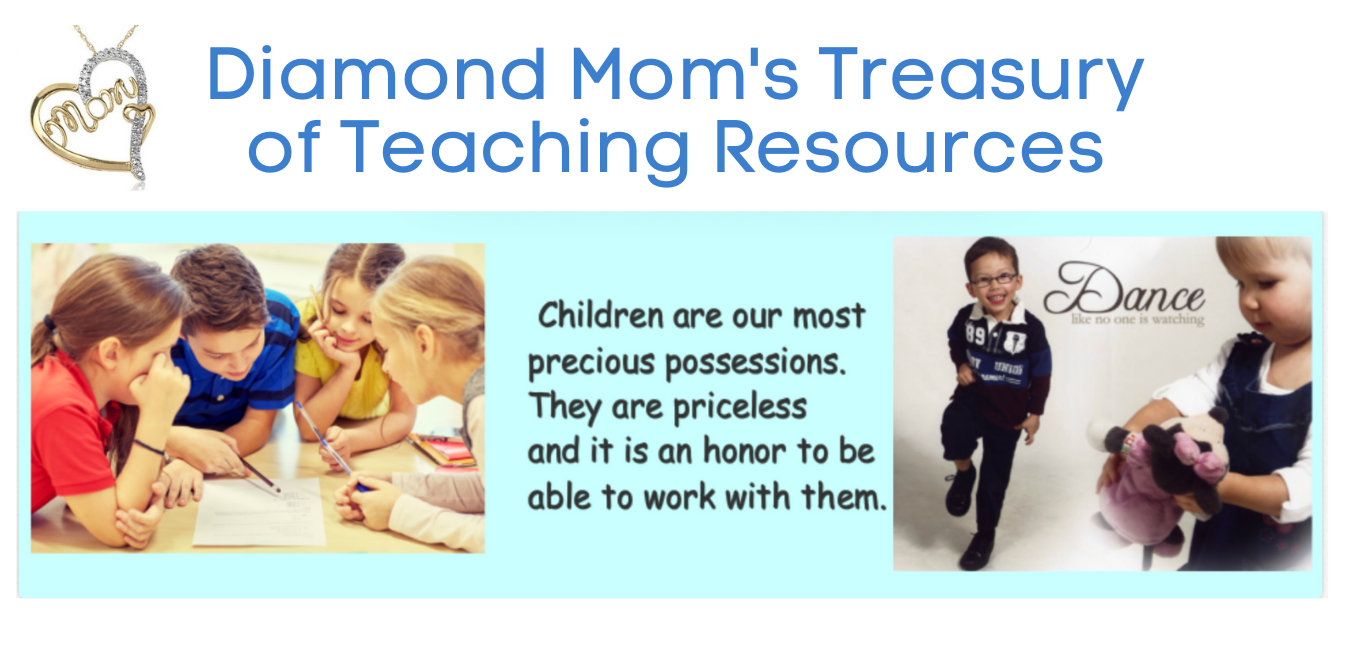
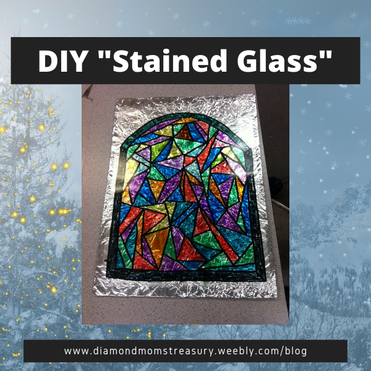
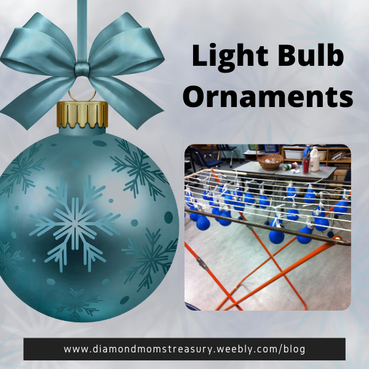
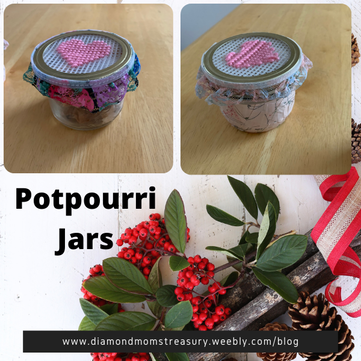
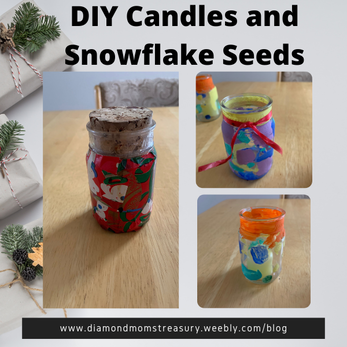
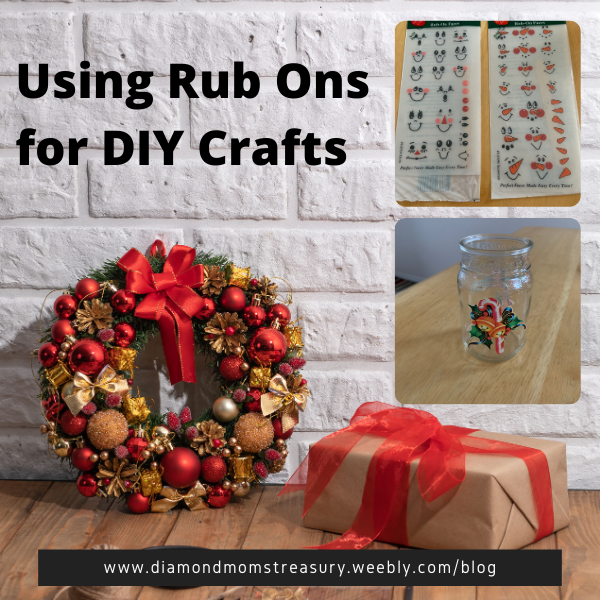
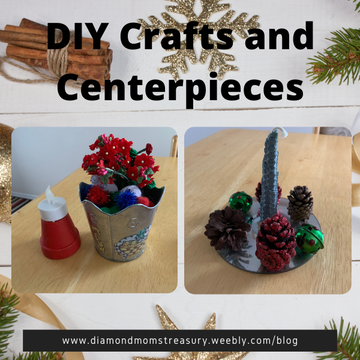
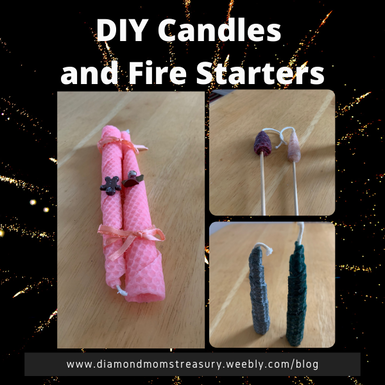
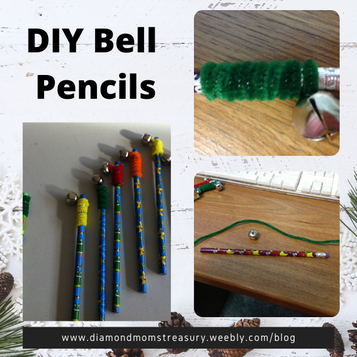
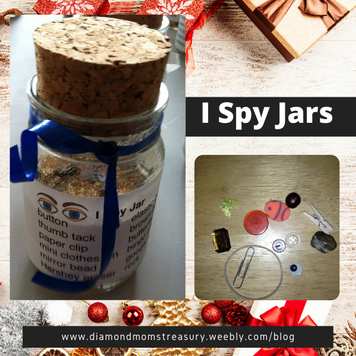
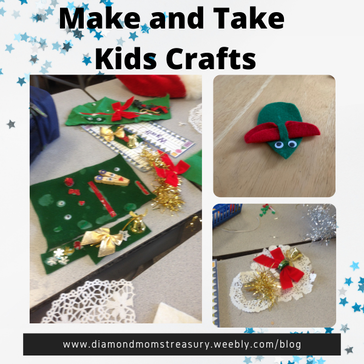
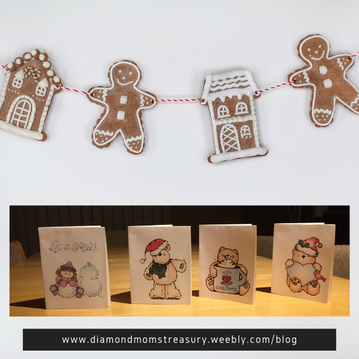
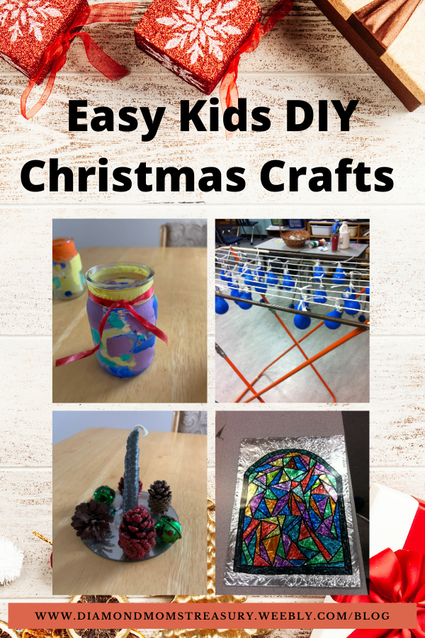

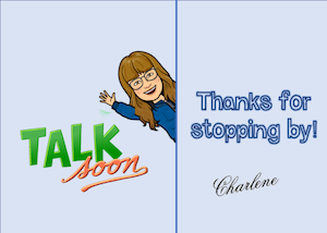
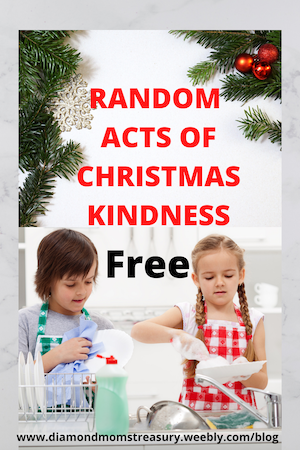
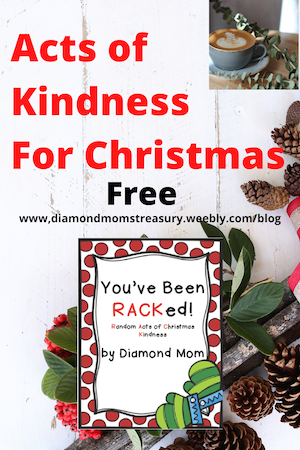
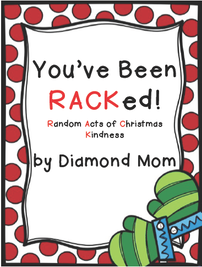
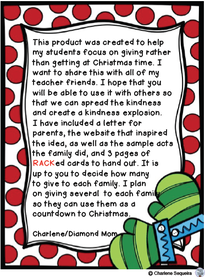
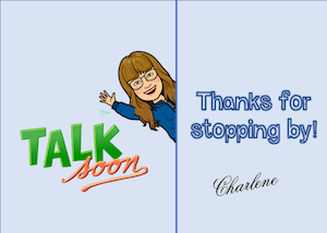
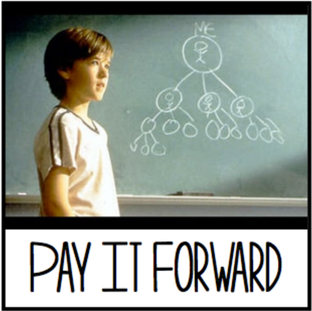
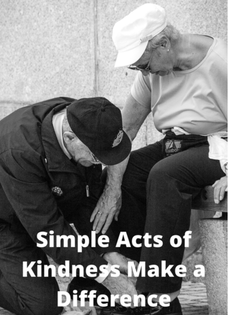
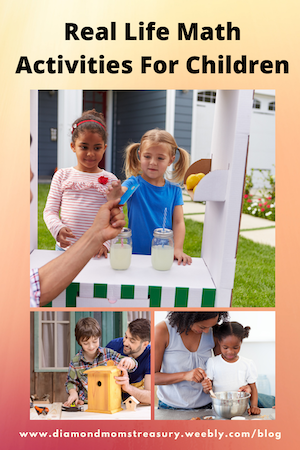
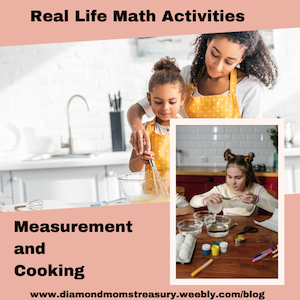
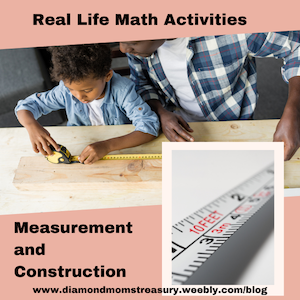
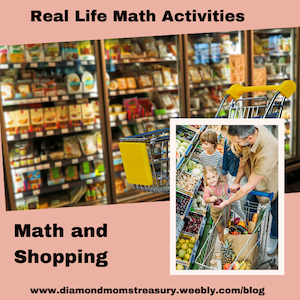
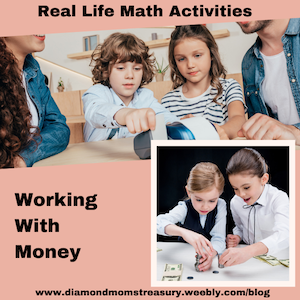
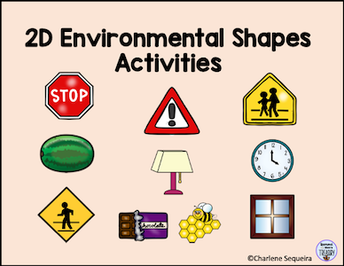
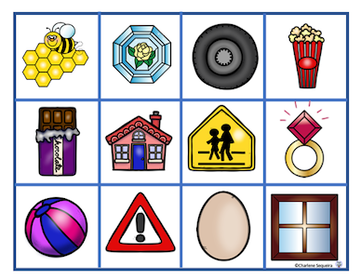
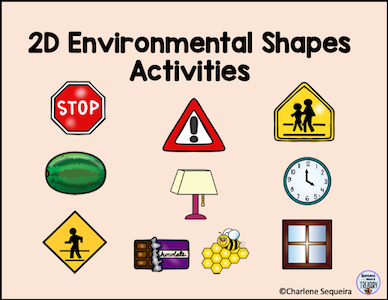

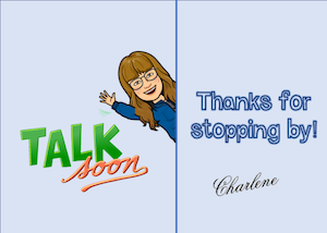
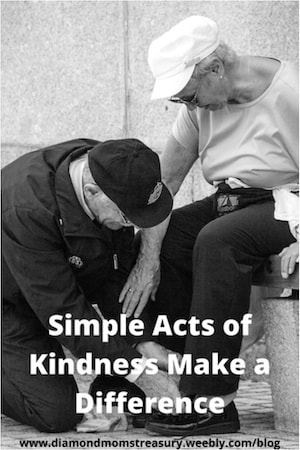
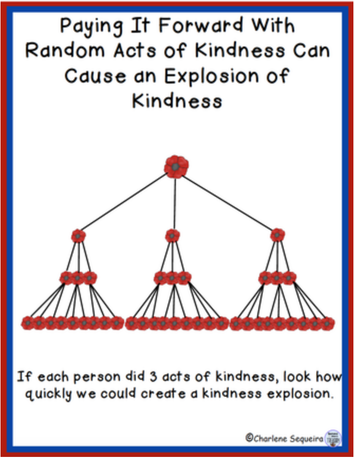
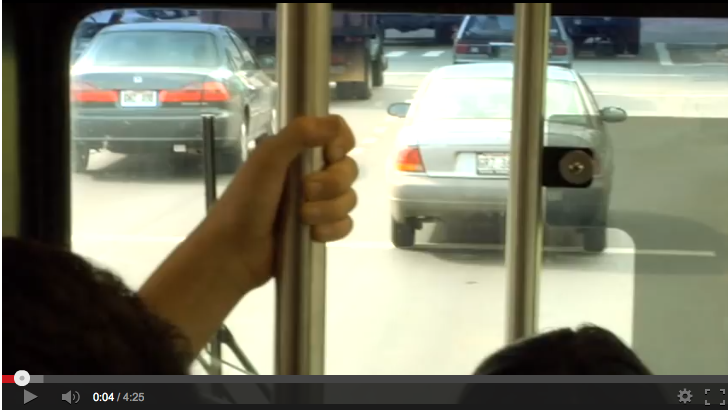
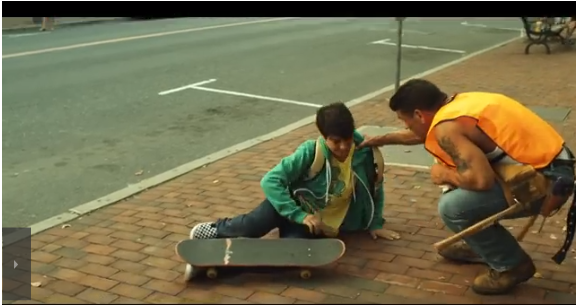
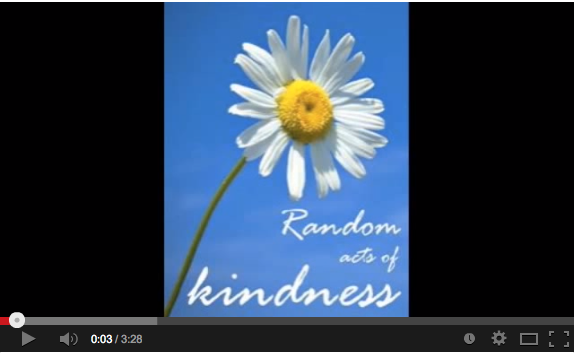
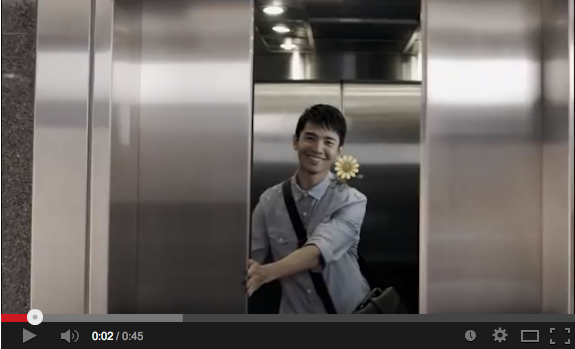
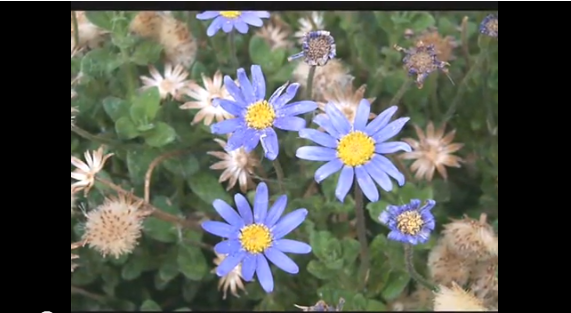
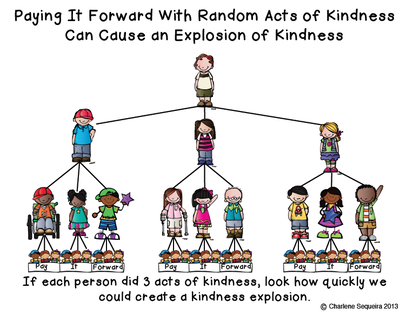
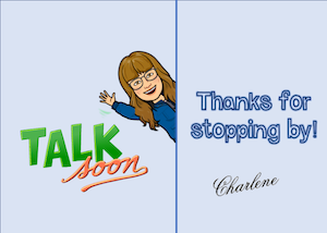
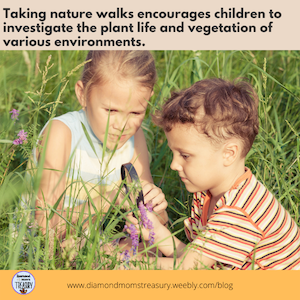
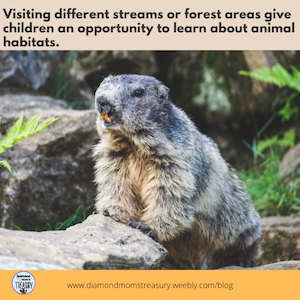

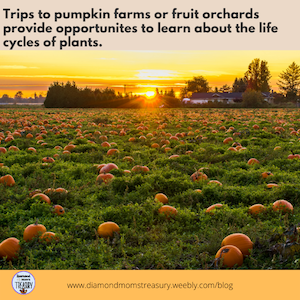
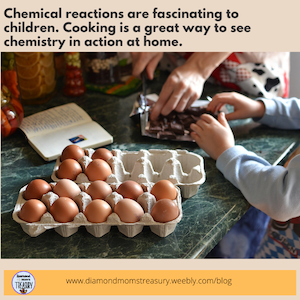
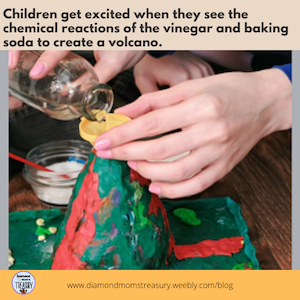
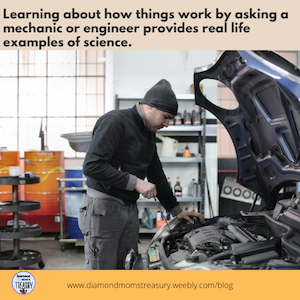
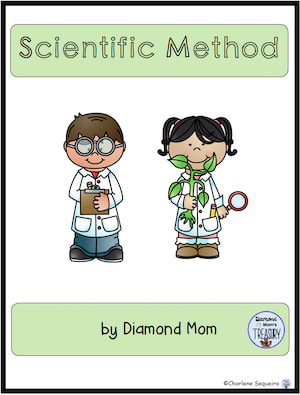
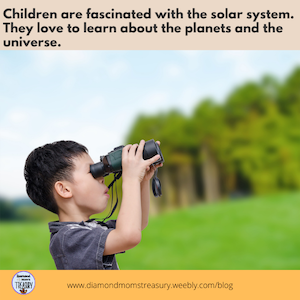
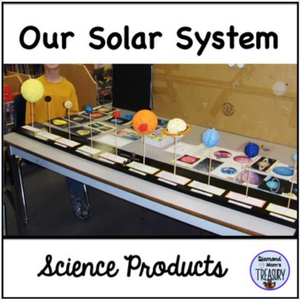
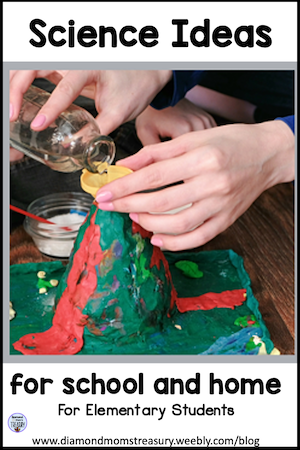
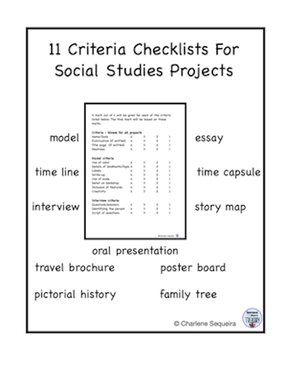

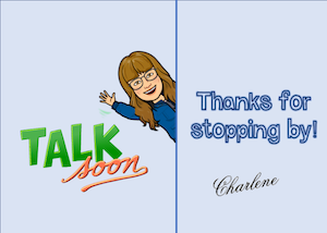
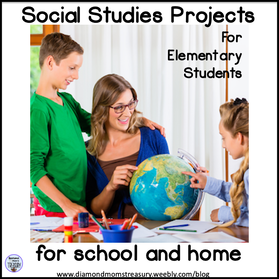
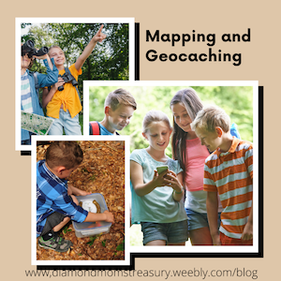
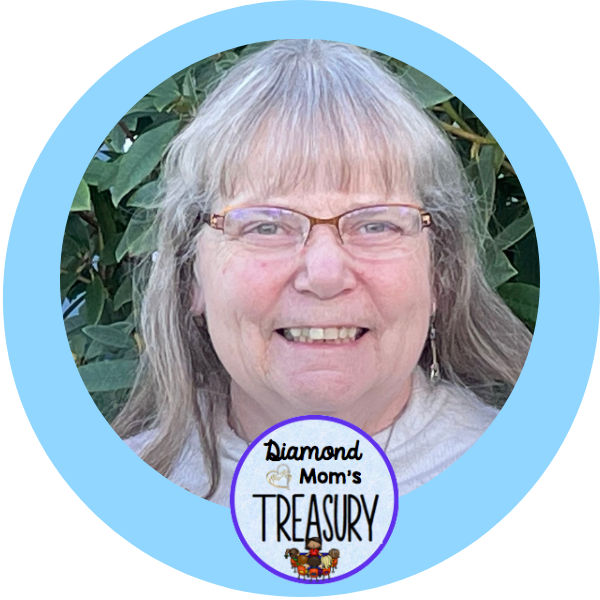


 RSS Feed
RSS Feed